Balmoral Software
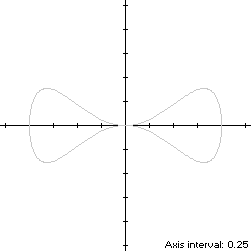
Balmoral Software

x(t) = cos(t)The curve follows a counterclockwise path around the origin, starting from its right edge at (1,0). Its extreme abscissa points are (±1,0) and its maximum ordinate point in the first quadrant isy(t) = cos2(t)sin(t), 0 ≤ t < 2π
 so the width x height of its
bounding rectangle is
so the width x height of its
bounding rectangle is 
 We have
We have
x'(t) = -sin(t)so by (L1), the perimeter of the convex hull isy'(t) = 3cos3(t) - 2cos(t),
which is about 7% shorter than the perimeter of the dumbbell curve.
The line segments of the convex hull create a rectangle of area
as shown in blue in the left diagram below. By (A1), the area of the convex hull is
which is almost twice the area of the dumbbell curve.
x2(t) + y2(t) = cos2(t) + cos4(t)sin2(t)is 1, so that is the circumradius.
x(t)y(t) = cos3(t)sin(t)This expression is maximized in the first quadrant at t* = π/6, so the circumellipse dimensions are
For verification, we have
 of the
lobe does not define its inradius since the corresponding abscissa
of the
lobe does not define its inradius since the corresponding abscissa
 is too close to the right edge
(1,0), so its incircle is constrained by the right edge of S. Using z = 1 in
Lemma C,
is too close to the right edge
(1,0), so its incircle is constrained by the right edge of S. Using z = 1 in
Lemma C,
is an extremely complicated expression approximated by 0.704642. The corresponding radius
d/dt [x(t) - z]y(t) = d/dt [cos(t) - 1]cos2(t)sin(t)has a zero at
The corresponding coordinates are
We then have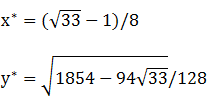
For verification, we have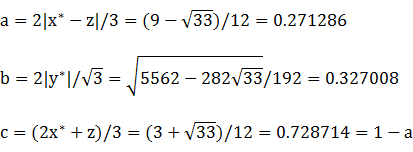
Figure Parameters Perimeter Area Centroid Incircle (lobe) R = 0.295358 1.855791 0.274062 (0.704642,0) Inellipse (lobe) 1.883674 0.278699 (0.728714,0) Dumbbell curve 5.541003 0.785398 Convex hull 5.135534 1.885618 Circumellipse 5.731721 2.040524 Circumcircle R = 1 6.283185 3.141593
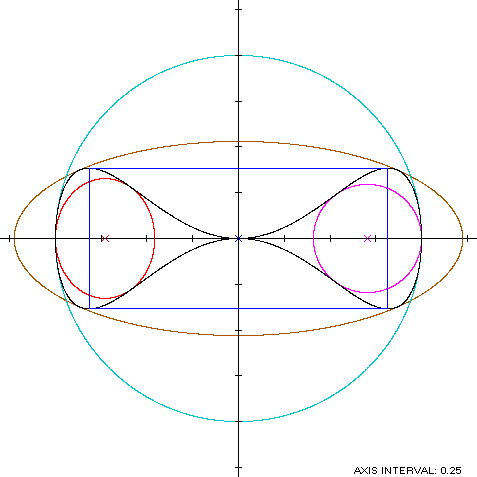 | 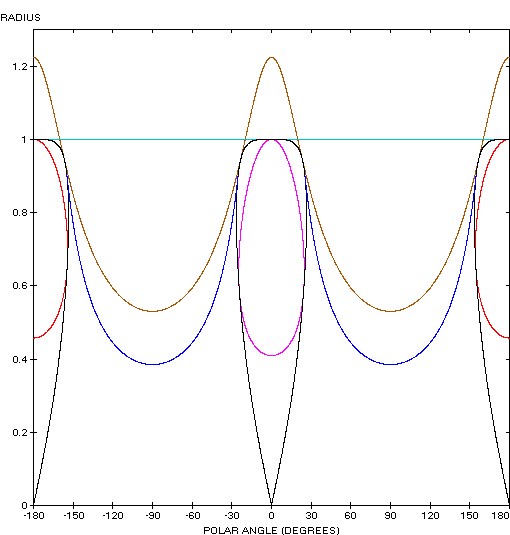 |
| Peripheral Vision |
The dumbbell curve (red) is a member of a group of figure-8 curves described on these pages, including (inside to outside) the bowtie, the Lemniscate of Bernoulli, the Lemniscate of Gerono and the dipole:
Copyright © 2021 Balmoral Software (http://www.balmoralsoftware.com). All rights reserved.